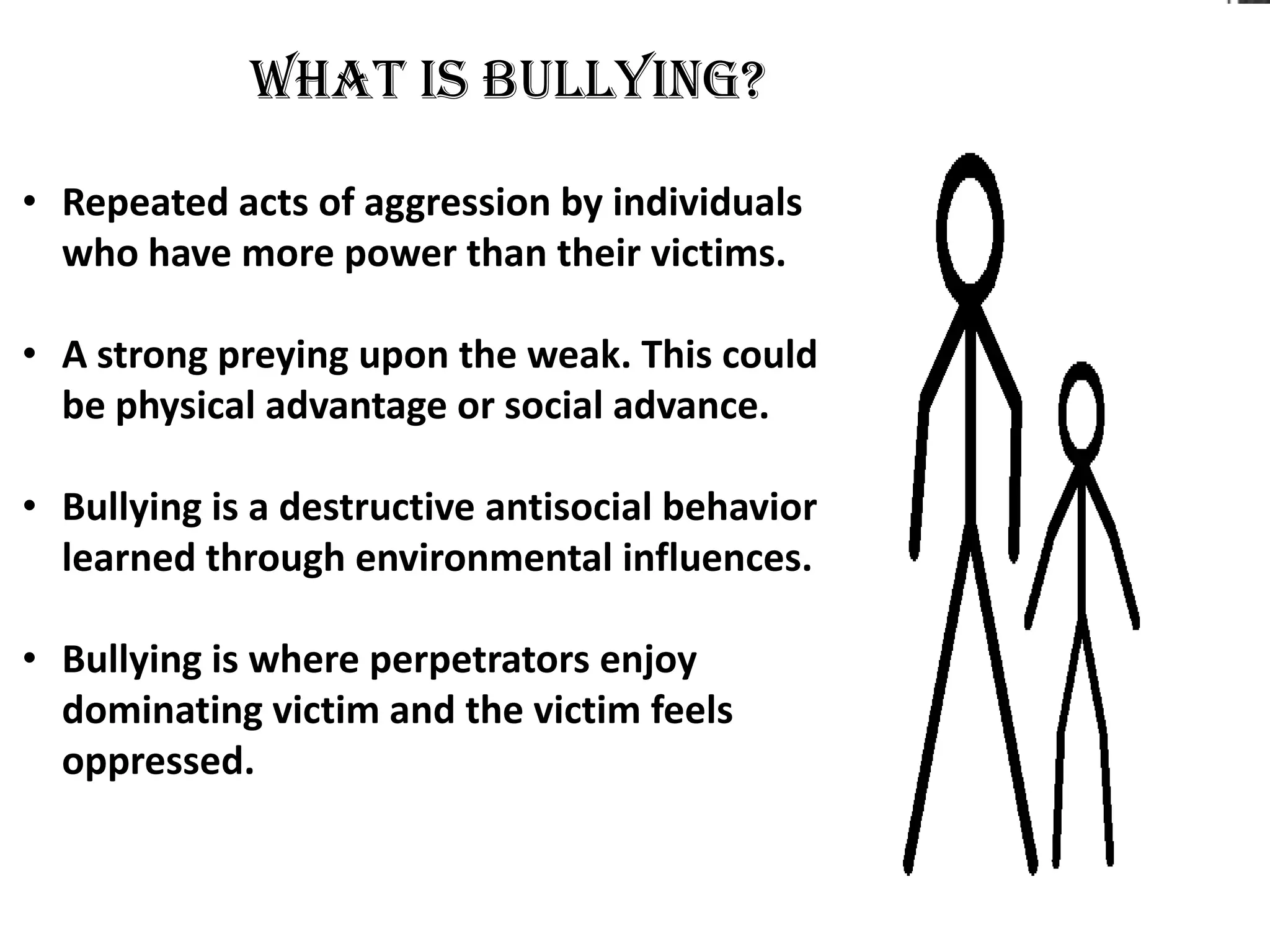Classroom management is the process of ensuring lessons run smoothly without disruptive student behavior, which is often one of the most difficult aspects of teaching. Many factors influence classroom management including teacher characteristics, preparation, the learners' attributes, and contextual factors like class size. Effective classroom management involves avoiding behavior problems through establishing clear rules and procedures, solving issues constructively, and fostering student growth in a positive environment.




































